Step 1 - Solar Energy Is Absorbed by the Solar Panel. The solar panel absorbs light, converting it into electrical energy and thereby generating direct current (DC). When choosing solar panels for your home, you will be faced with the choice between polycrystalline and monocrystalline.. Connecting Solar Panels in Parallel. Wiring solar panels in parallel means connecting the positive terminal of one panel to the positive terminal of another, and then the negative terminals together as well. These connections are made in a combiner box, and the results of this connection are often called a PV output circuit.

Wiring Diagram 24v Solar Panels Wiring Technology

12 Volt Solar Panel Wiring Diagram
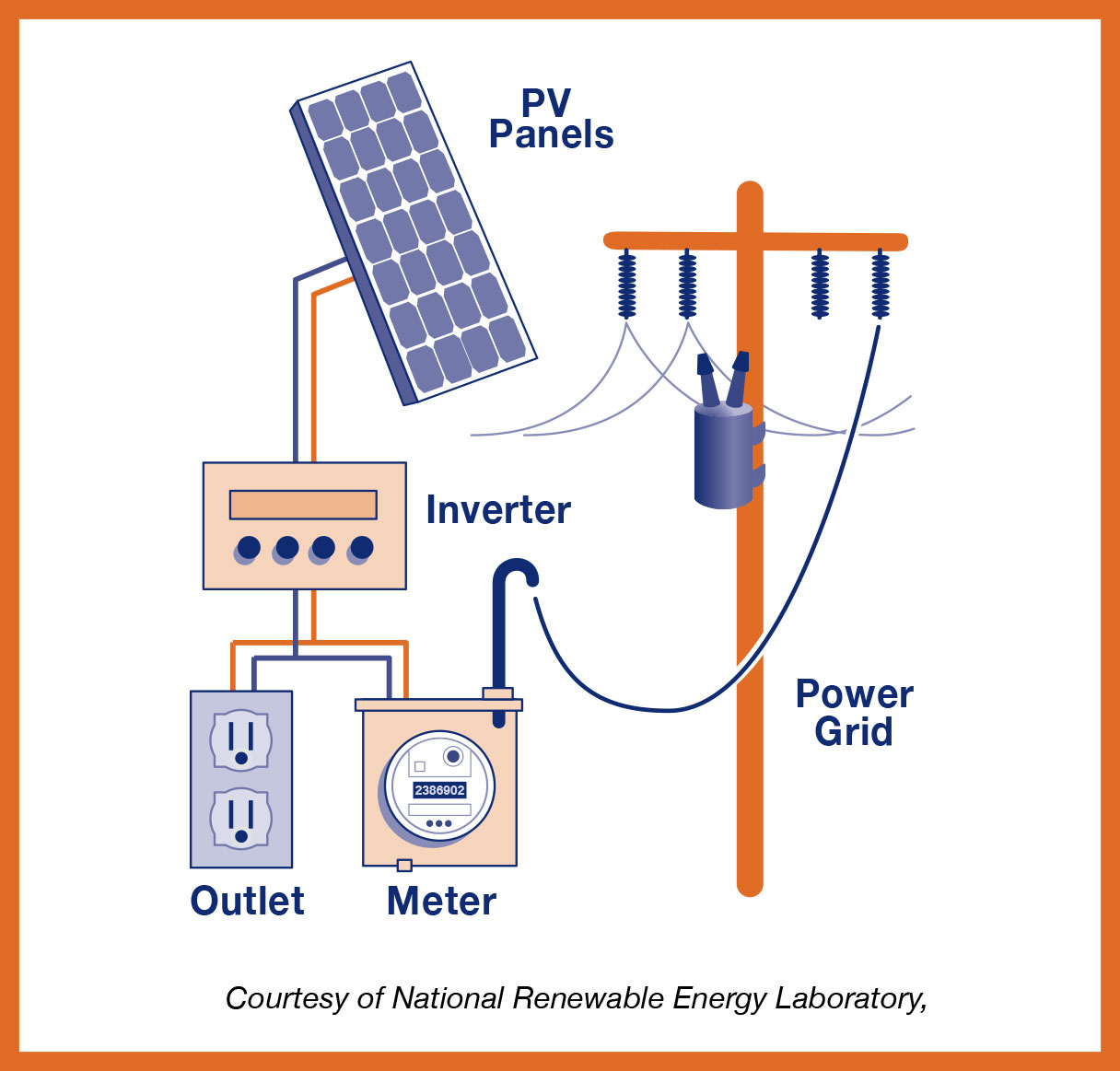
Learn how solar panels work to generate electricity? OPPD The Wire
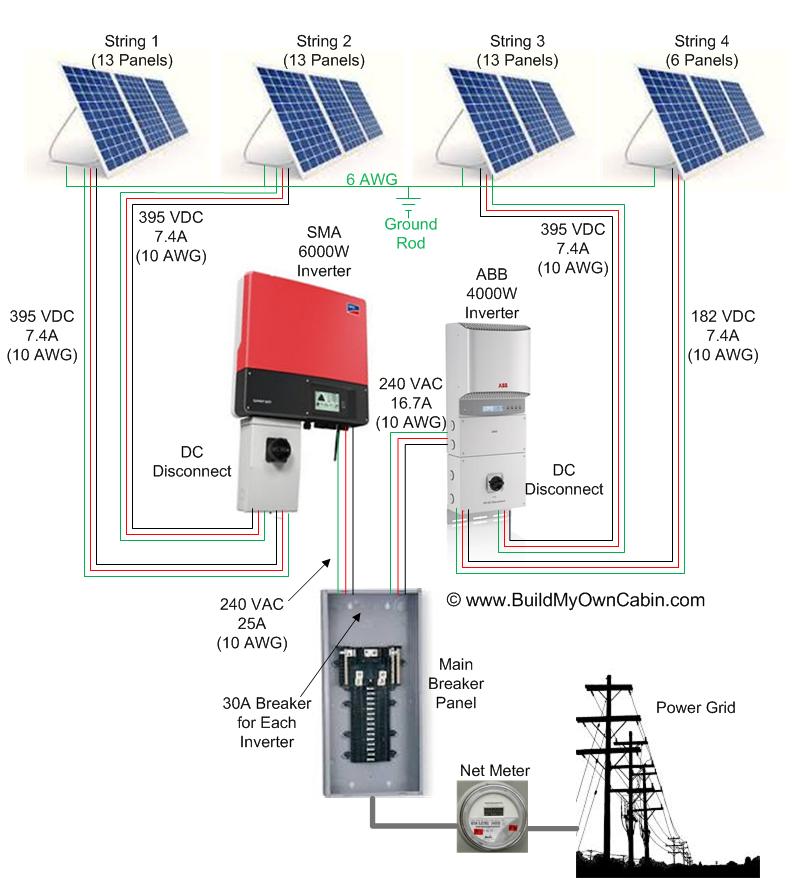
Simple House Solar Wiring Diagram

Wiring diagram of solar panel system

Solar Panels Wiring Diagram Electrical Engineering World
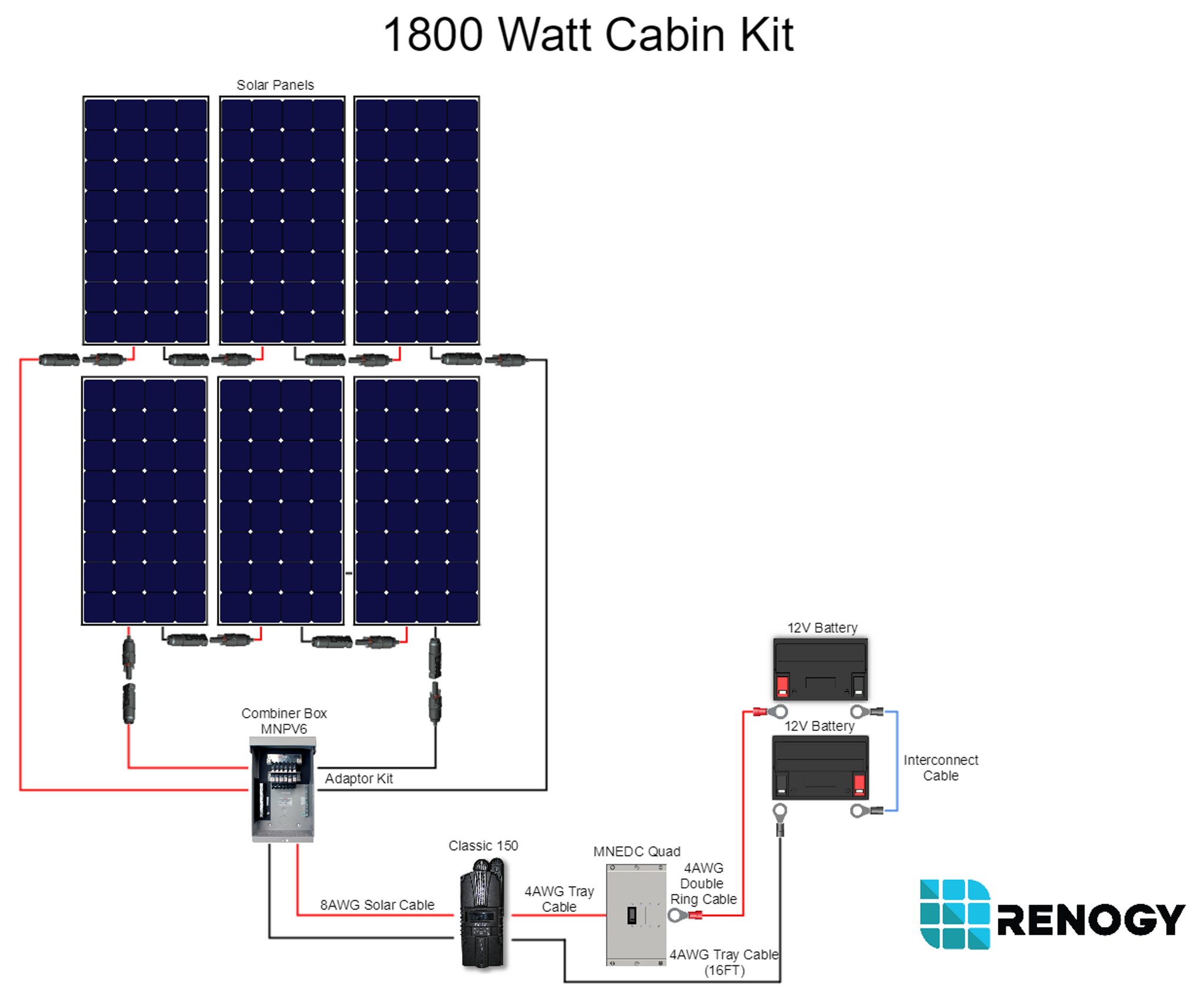
Wiring diagram of solar panel system

Wiring diagram of solar panel system

Pv Solar Panel Wiring Diagram Schematic

How to Create a Basic Solar Panel Wiring Diagram?
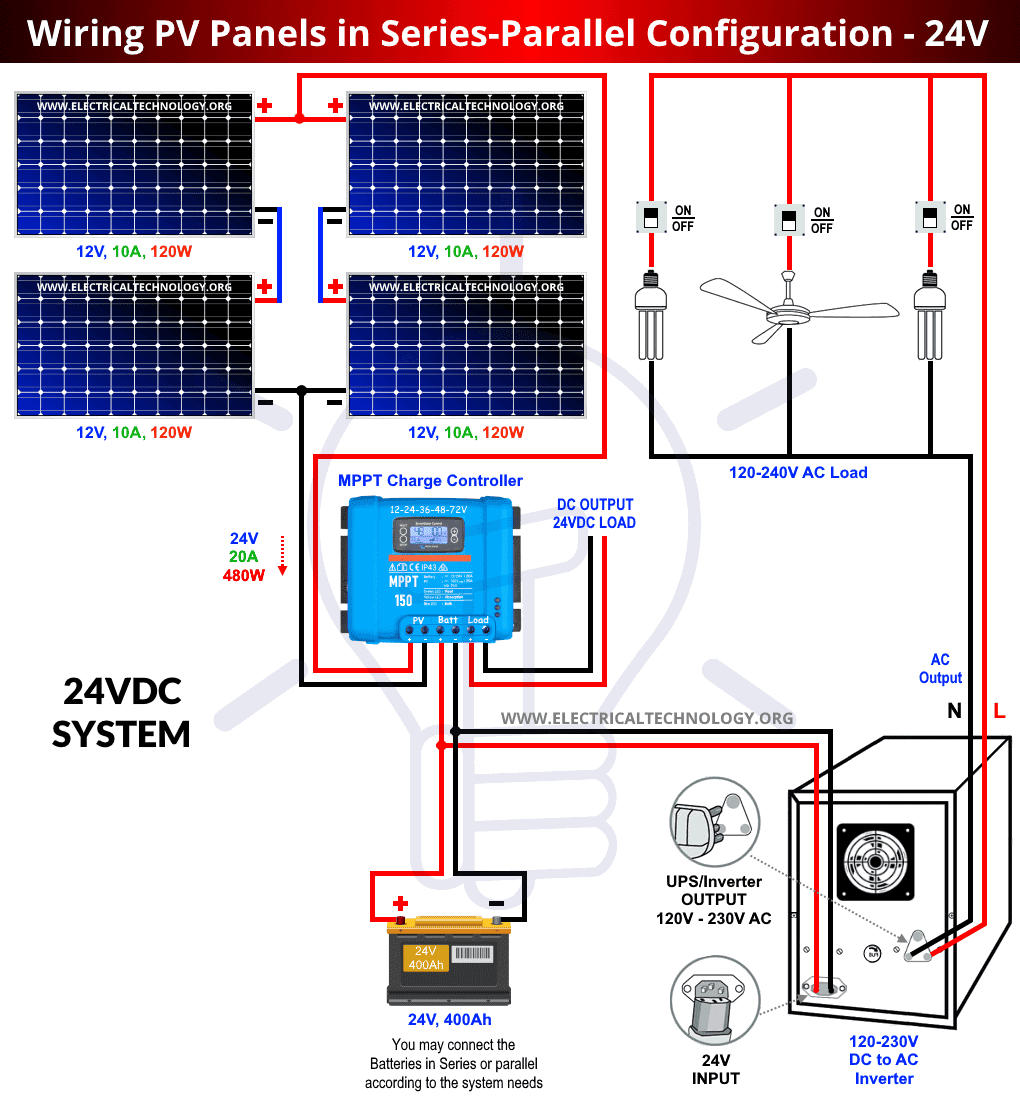
Pv Solar Panel Wiring Diagram Schematic Pdf Lee best
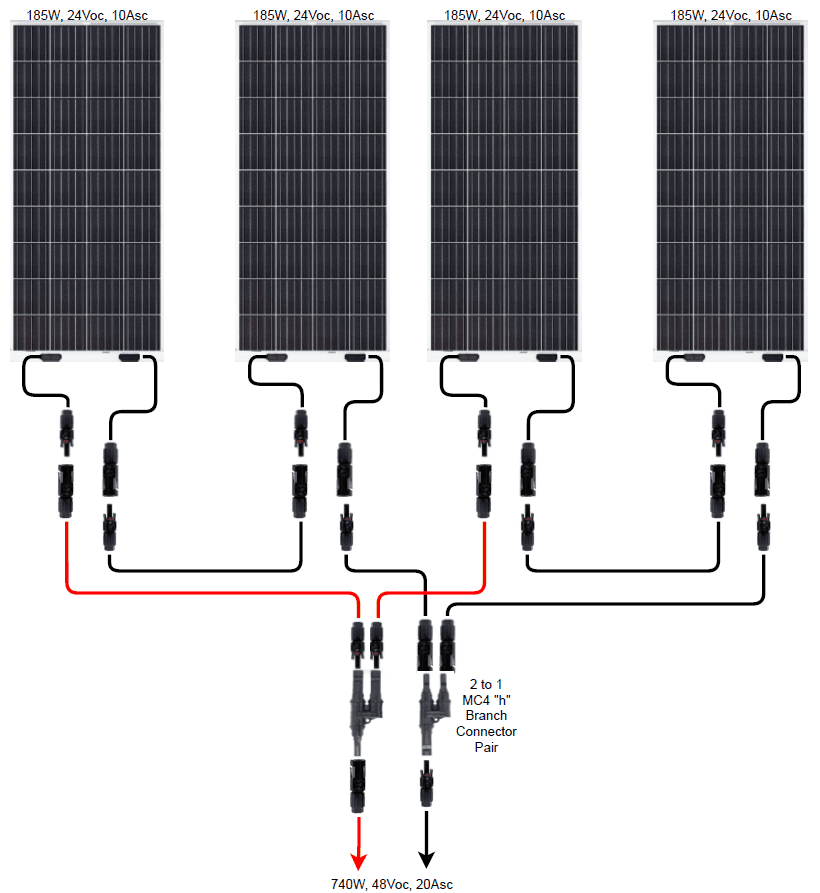
Buying Guides SOLAR PANEL WIRING INSTRUCTION GUIDE
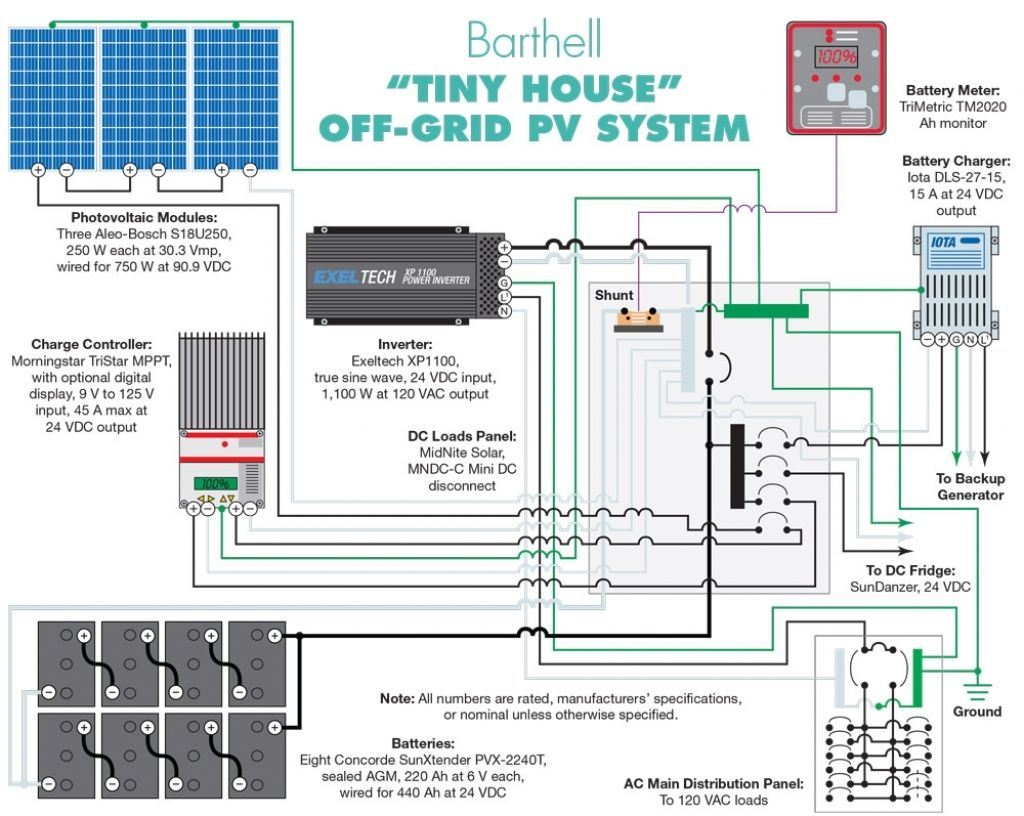
Solar Panels Wiring Diagram Cadician's Blog

how to connect two solar panels together Wiring Work

12 Volt Solar Panel Wiring Diagram Easy Wiring

Solar Wiring Diagram Grid Tie

Basic Home Wiring Diagram Solar

ART TEC Solar Power installing inverters

Understanding 12V Solar Panel Wiring Diagrams Wiring Diagram
Wiring Solar Panels In Parallel & Solar Parallel Calculation Electrical Online 4u
The junction box will contain two wires: One wire is the DC positive (+): this solar DC wiring is typically for the female MC4 connector. The other is the DC negative (-): this is for the male connector. By series wiring the panels together, you're left with a single positive and negative connection.. Understanding this push and pull action explains the intricacy of a solar panel wiring diagram and connecting solar panels to a home's electrical circuit for optimum results. Current. A current is the rate of a flowing charge of positive or negative particles (electrons). This movement produces heat, a magnetic field, or a chemical.